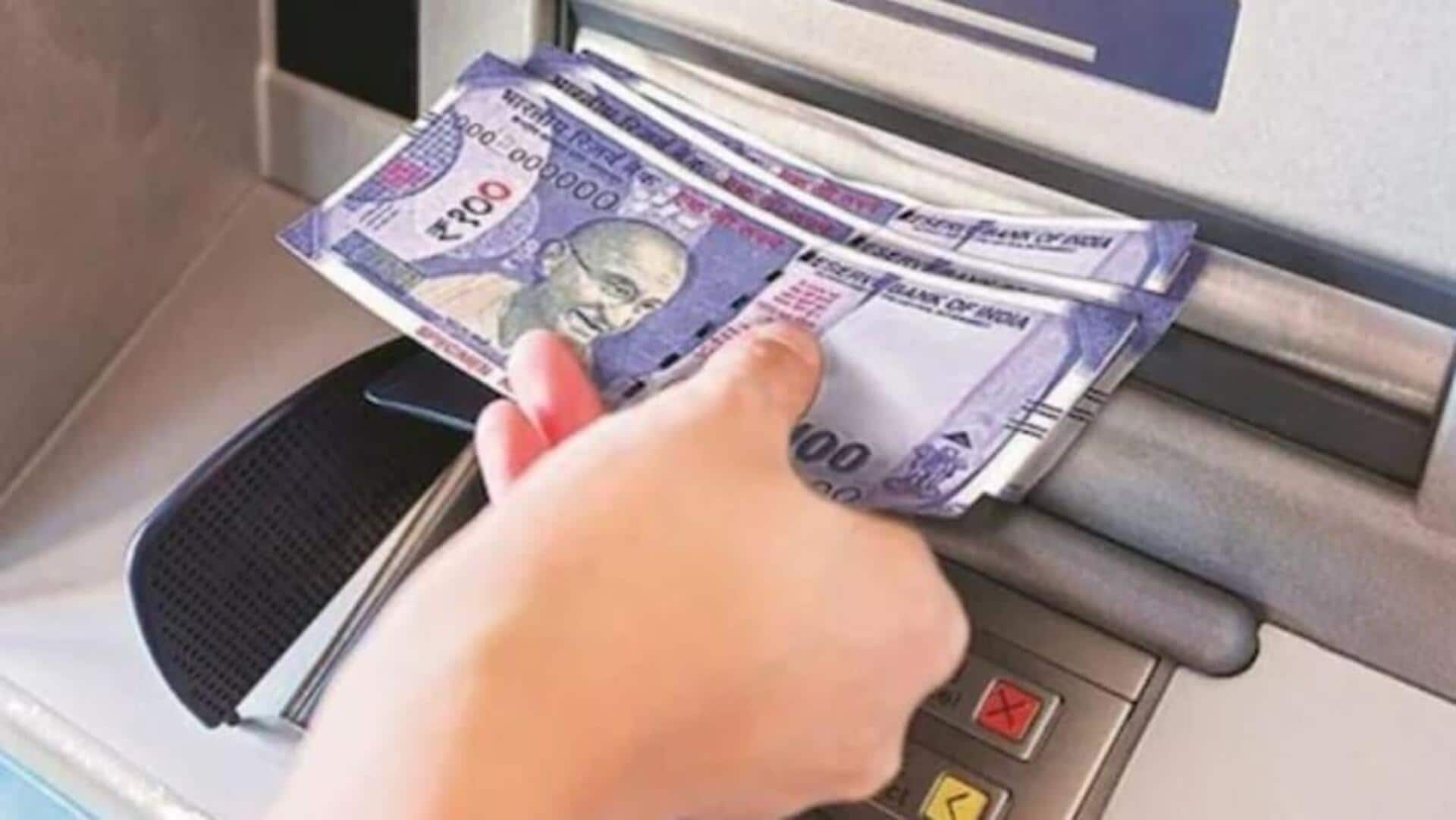
New ATM rules from May 1: What are the changes?
What's the story
The Reserve Bank of India (RBI) has announced a revised framework for ATM transaction charges, effective from May 1, 2025.
The new guidelines are aimed at enhancing transparency in customer charges and offering operational flexibility to ATM networks.
Banks including HDFC Bank, Punjab National Bank (PNB), and IndusInd Bank have already informed their customers about the new charges for exceeding free ATM transaction limits.
Changes
Free monthly ATM transactions revised
RBI has clarified how many free ATM transactions customers can avail every month, both on their own bank ATMs and those of other banks. In metro cities, customers can avail three free transactions per month while in non-metro areas, the limit is five.
Fee structure
Revised charges for exceeding free limits
If customers go beyond their monthly free transaction limits, banks can charge a maximum of ₹23 per transaction.
This cap is applicable to both cash withdrawals and non-financial transactions, with applicable taxes charged separately.
The revised fees are applicable not just for traditional ATM transactions but also for those conducted at Cash Recycler Machines (CRMs)—excluding cash deposit transactions.
Bank policies
Bank-specific charges for ATM transactions
As per HDFC Bank's website, "With effect from 1st May 2025, ATM transaction charge rate beyond free limit of ₹21 + taxes would be revised to ₹23 + taxes, wherever applicable."
For ATM transactions, only cash withdrawals will be charged. Non-financial transactions like balance enquiry, mini statement, and PIN change will be free.
PNB has revised customer charges for transactions on other banks' ATMs to ₹23 per financial transaction and ₹11 per non-financial transaction (excluding GST) effective from May 9.
Customer guidance
IndusInd Bank's new charges
IndusInd Bank has announced all savings/salary/current account customers will be charged ₹23 per transaction for ATM cash withdrawals made at non-IndusInd Bank ATMs, beyond free limits. Customers are encouraged to track their ATM usage, especially while using other bank ATMs in metro areas.